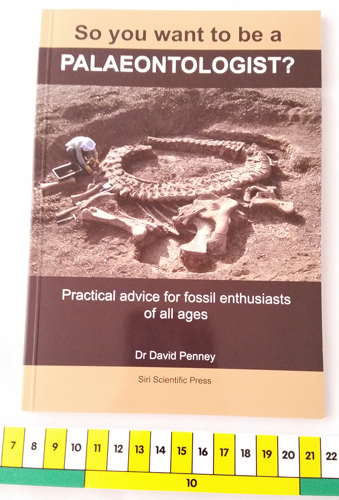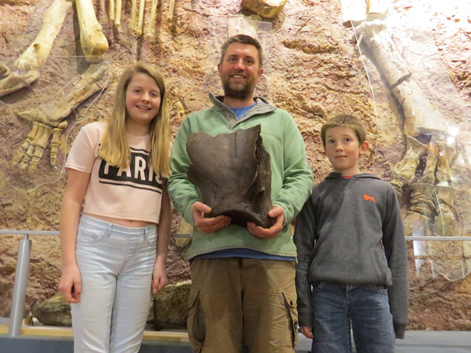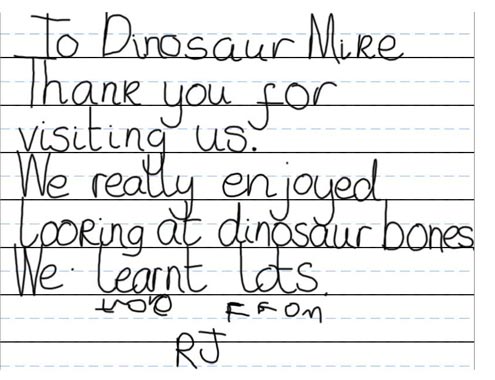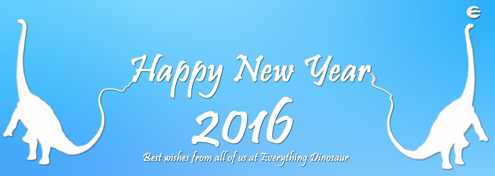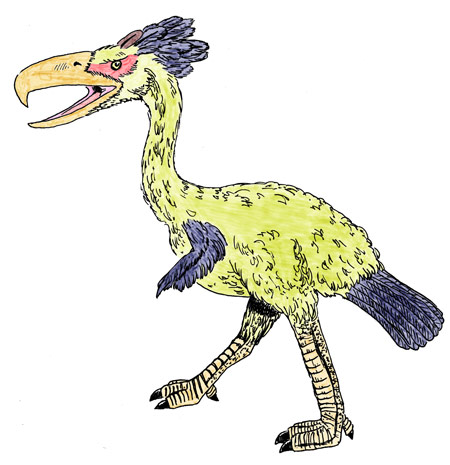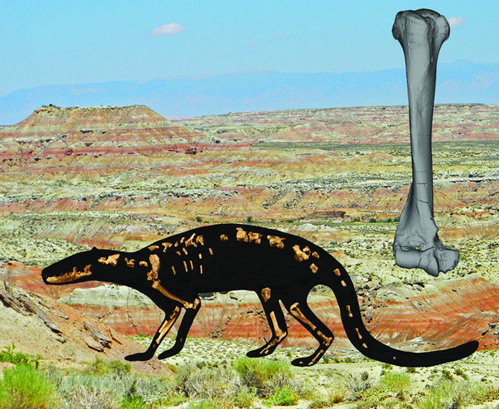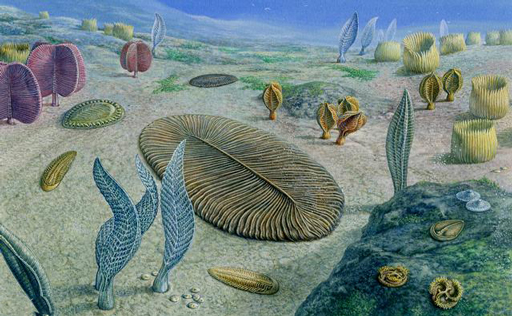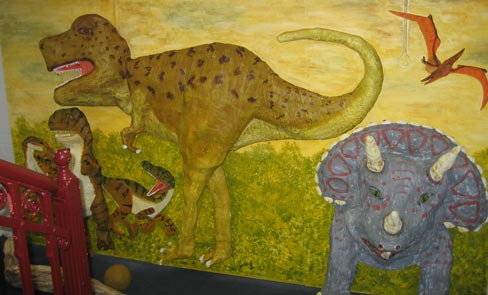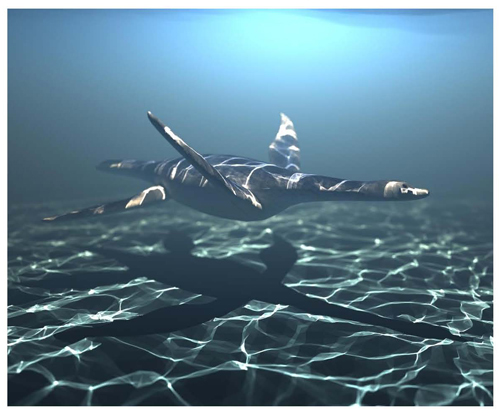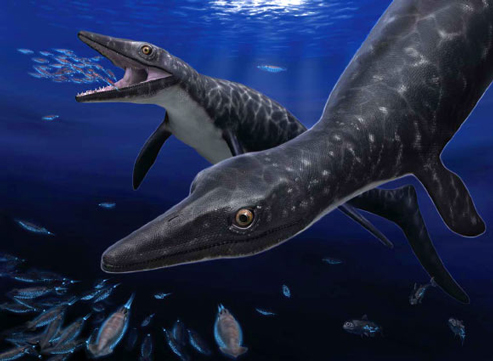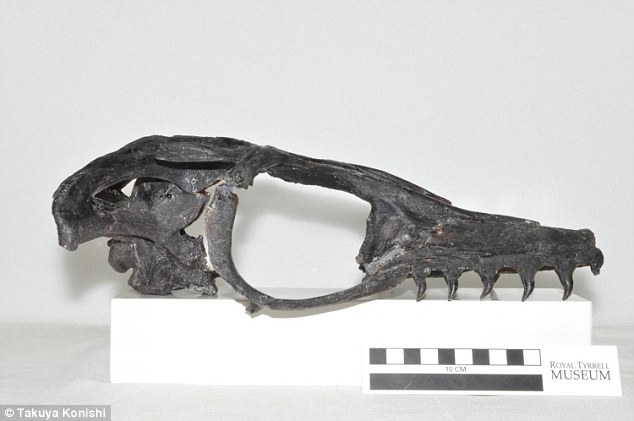Articles and blog posts that examine general teaching topics and school activities.
So You Want to be a Palaeontologist?
Book to Help Advise Teachers about Palaeontology Careers
Many teachers are keen to encourage their pupils to consider a career in the sciences. However, knowing where to turn when it comes to finding sensible advice can be a bit of a challenge even for the most dedicated member of the teaching team. Many students develop an interest in the Earth sciences and there are a lot of exciting career paths to explore. Help is at hand for any member of the teaching team who gets asked about working as a palaeontologist in the form of this excellent book written by Dr David Penney (Manchester University).
So You Want to be a Palaeontologist?
So You Want to be a Palaeontologist?
Picture credit: Everything Dinosaur
In this well-crafted publication, Dr Penney explains his own circuitous route into the profession and outlines the various different types of roles palaeontologists have. The first two chapters provide a definition of palaeontology and explain why palaeontology has so much relevance today. The rest of the book is dedicated to providing an overview of the various careers available to students and to enthusiasts who have a fascination for fossils.
Siri Scientific Press
For further information and to order a copy visit: Siri Scientific Press.
Topics covered include the roles palaeontologists perform in museums, universities and conservation projects, as well as examining jobs related to the science in the media, the fossil trade and within the arts. For teachers and members of the careers profession aiming to provide guidance to students who wish to explore working in palaeontology, this book is a must have and it is highly recommended by Everything Dinosaur team members. It is a most informative read.
Palaeontologists and Everything Dinosaur
Visit Everything Dinosaur’s website: Everything Dinosaur Website.
Commenting on how helpful the book is, a spokesperson from Everything Dinosaur stated:
“This publication provides an insider’s view on the exciting and diverse career opportunities available to students who want to develop their interest in palaeontology into a full-time occupation. It really is required reading for any teacher or educationalist wishing to assist aspiring palaeontologists.”


